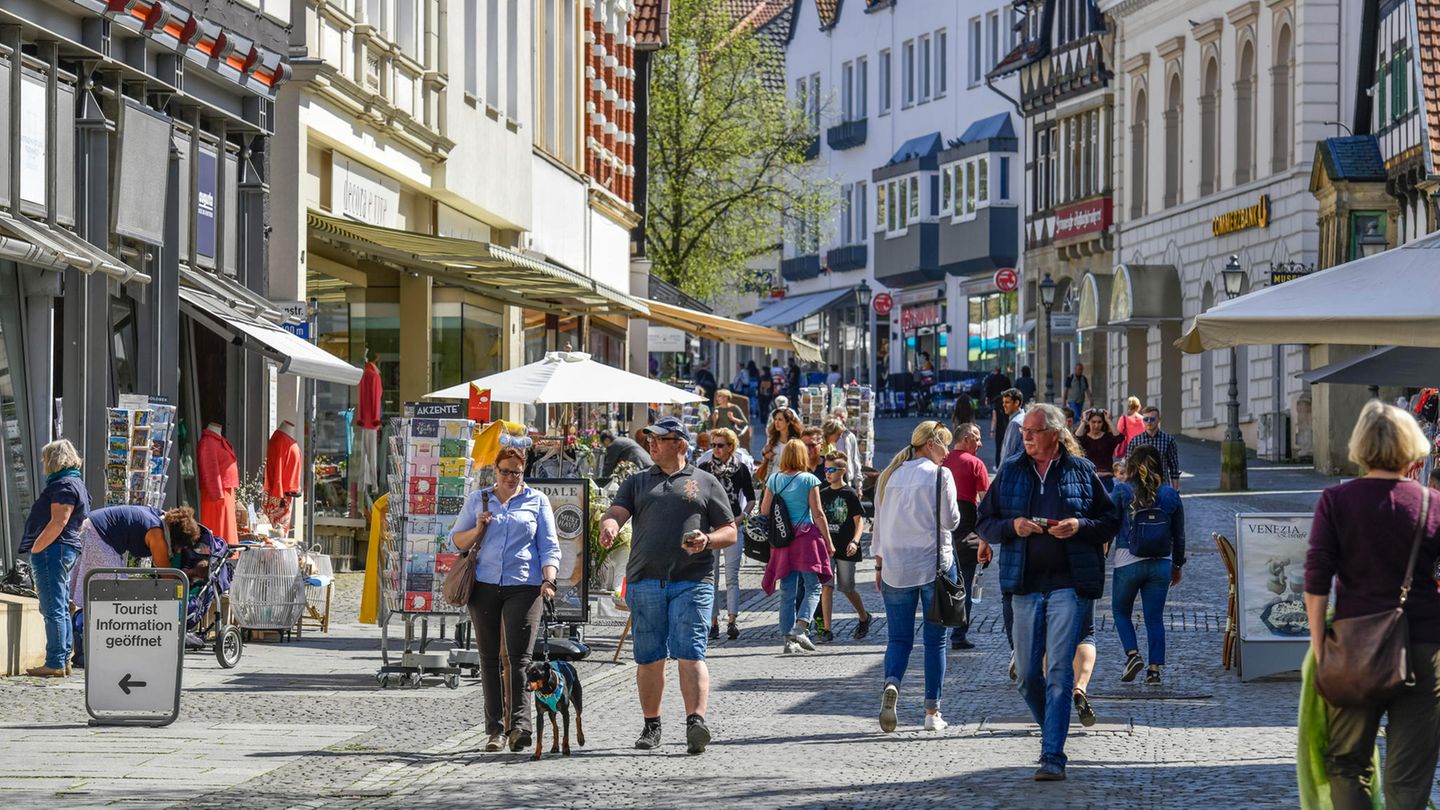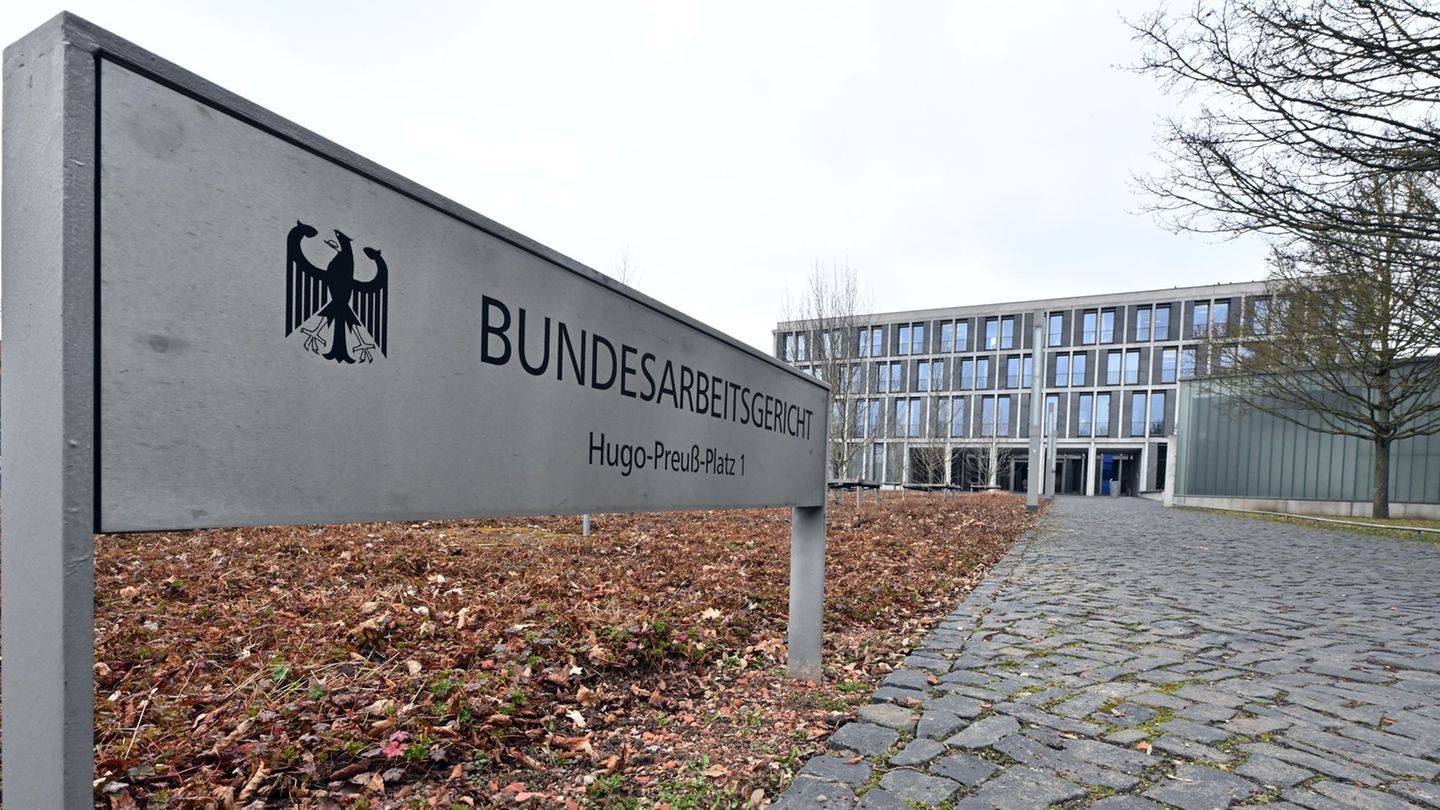In Germany, considerably fewer people belong to the middle class than in the 1990s. This has been brought to light by a study by the Bertelsmann Stiftung and the OECD. Young people and East Germans are therefore particularly at risk of poverty.
According to a study, the middle class in Germany is crumbling considerably, and the lower edge in particular is at risk of decline. In 2018, 64 percent of the population belonged to the middle income group, which means a decrease of six percentage points compared to 1995 – when it was 70 percent at the time. This is the result of an analysis by the Bertelsmann Stiftung and the Organization for Economic Cooperation and Development (OECD). It is the latest available data on the complex topic, said the foundation’s labor market expert, Natascha Hainbach, on Wednesday.
Accordingly, from 2014 to 2017 alone, around 22 percent of people of working age between 18 and 64 years of age slipped into the lower income bracket – and, according to the study, were poor or at risk of poverty.
Pandemic could exacerbate negative course
There are signs that the downward trend continued after 2018 and that the pandemic has exacerbated it. There were also significant job losses among people with middle incomes: In this group, eight percent who were still working before the start of the crisis in 2019 were no longer gainfully employed in January 2021, according to calculations by the foundation and the German Institute for Economic Research.
“At risk are all those who, taking into account the size of the household, have an disposable income between 75 and 100 percent of the median income,” said Gütersloh. In 2018 that was around 1500 to 2000 euros available net income for a single person, and 3000 to 4000 euros for families with two adults and two children, explained Hainbach.
Middle class: Young adults in particular are at risk
The study emphasizes that a strong and prosperous middle class is of central importance as the basis of a solid economy and a prosperous society. The main decline took place until 2005, and the middle has not recovered since then.
Even if the middle class is considerably smaller than in the mid-1990s, it can be classified as “quite stable”. Nevertheless, there are several reasons for concern. The decline among younger adults from the middle income group – among 18 to 29 year olds – is above average. And if you drop out of the middle class in Germany, it is much more difficult today to rise again, said co-author Valentina Consiglio from the foundation.
In addition, East Germans manage to reach or stay in the middle income bracket less often than West Germans. Compared to the other OECD countries, the middle class only shrank more in Sweden, Finland and Luxembourg than in Germany.
Bertelsmann Foundation takes traffic light to duty
It must be counteracted, was the demand from Gütersloh to the future traffic light government. Good training and studies are important: “The educational deficits that have arisen as a result of the pandemic must urgently be made up, otherwise the arduous rise to the middle class will be made even more difficult for many,” warned Consiglio.
In order to strengthen the middle class, barriers on the labor market would have to be dismantled and women had to be given greater attention. They work more often than before, but often with fewer hours and in jobs for which they are overqualified. In order to belong to the middle class, a second good earned income is increasingly needed. “If we want to strengthen the middle class, the size and quality of women’s jobs should be improved.”
Source From: Stern
Jane Stock is a technology author, who has written for 24 Hours World. She writes about the latest in technology news and trends, and is always on the lookout for new and innovative ways to improve his audience’s experience.




